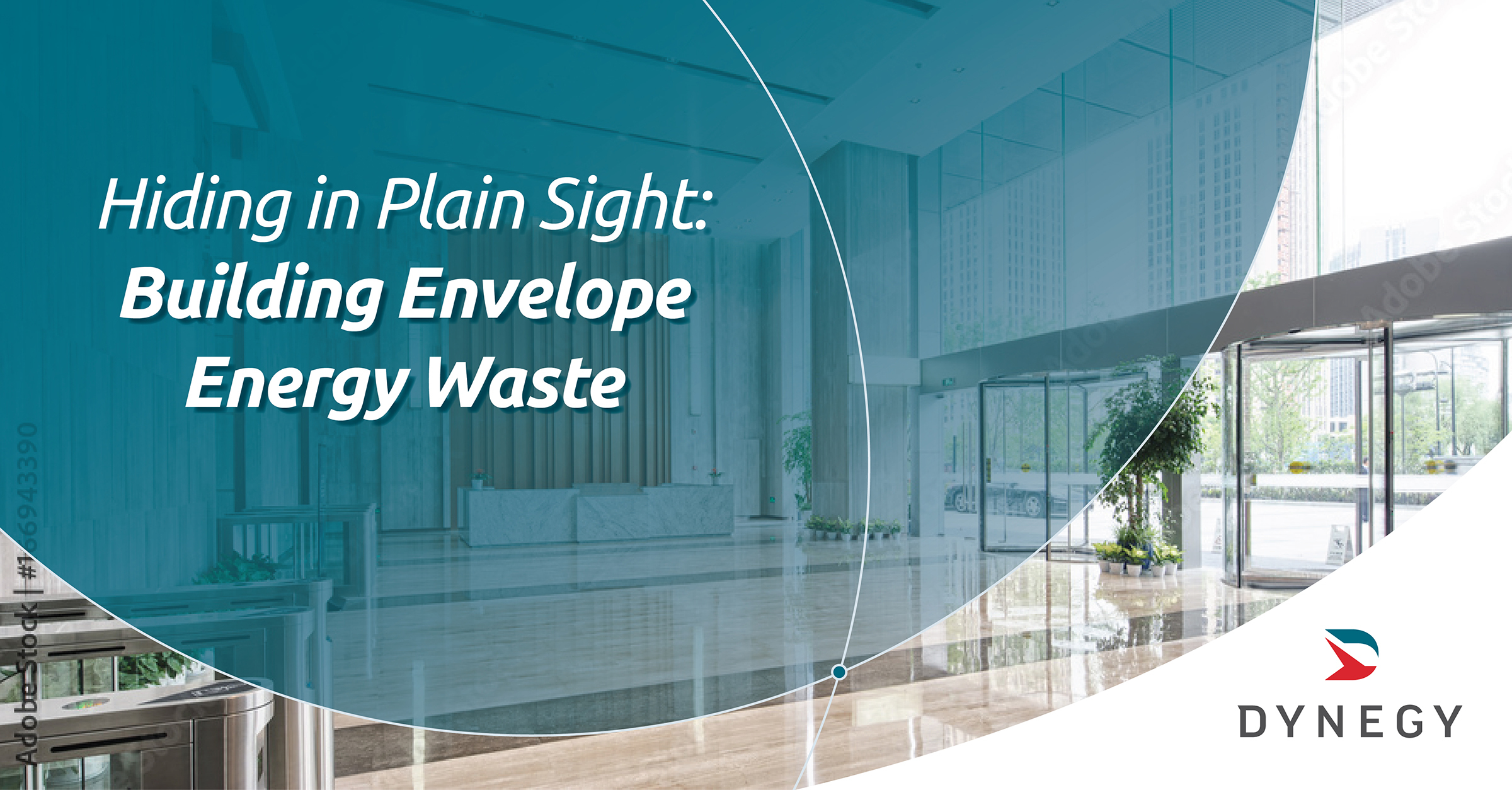Hiding in Plain Sight: Building Envelope Energy Waste
Published:

It's hard to miss your building envelope — the walls, windows, doors and roof of your facility. However, the energy it's wasting may be more difficult to spot. While you may not see the energy losses, you'll sure notice the higher energy bills and reduced comfort. Here are some common forms of building envelope energy waste that you should be looking for.
Air infiltration
Conditioned air is constantly leaking out of buildings and unconditioned outdoor air is penetrating the building envelope in many ways throughout the year. This requires your HVAC system to work harder than necessary. Adding weatherstripping to doors and windows and caulking all gaps and cracks will slow down the unwanted air exchange. All buildings should have a continuous air barrier applied as sheet wrap (mechanically fastened or peel and stick) or as a liquid-applied membrane.
Poor insulation
It's almost impossible to spot excessive heat flow through a building's walls and roof. However, with an infrared (IR) thermography camera, it's easy! Inadequate insulation levels or thermal breaks that accelerate heat loss can be readily identified using IR thermal imaging. For best results, follow the recommendations of ASTM C1060 - 11a(2015) Standard Practice for Thermographic Inspection of Insulation Installations in Envelope Cavities of Frame Buildings. You can also hire a qualified insulation contractor to inspect your building and add insulation if needed.
Solar heat gain
Clear glass windows and skylights allow invisible infrared radiation from the sun to heat the indoor air, adding unnecessary heat load to your HVAC system. This solar heat gain/loss can be reduced by window films, e-glass, dynamic glass or shades. Window films can be inexpensive tinted film. You can also choose more expensive spectrally-selective film or e-glass that allow in more visible light. Dynamic glass changes light transmission properties under the application of voltage, light, or heat.
Loading dock doors
Loading docks typically have large doors that are often left open. Loss of conditioned air or infiltration of unconditioned outdoor air happens naturally. Even when a truck backs up to the door, gaps between the end of the trailer and doorway allow airflow. Adding foam/rubber gaskets to loading dock doors will seal that gap. Adding air curtains with infrared heaters also reduces HVAC energy consumption when doors are intermittently left open.
Building entrances
If the building air pressure is negative relative to outdoor ambient air, opening a door to enter the building is difficult. Opening a door typically creates a stack effect due to buoyancy of heated air moving upward as cold outdoor air is drawn inside. Air ingress into building entrances can be considerably reduced by adding a vestibule, revolving doors or an air curtain. Vestibule doors should be self-closing, spaced at least 7 feet apart, and not allowed to open simultaneously.
By taking these measures, you'll be opening the door to lower energy costs and a more comfortable and productive business environment.


